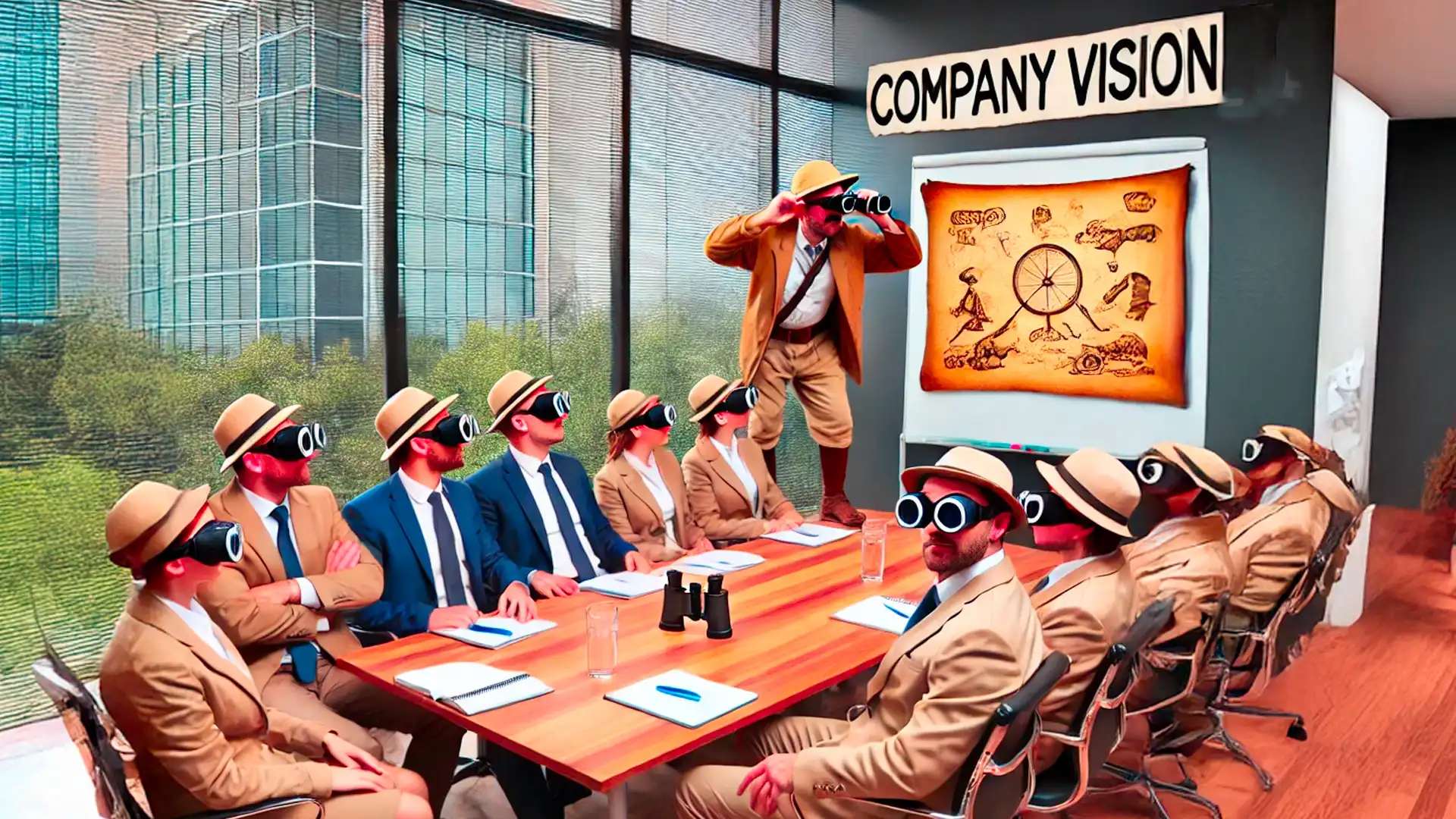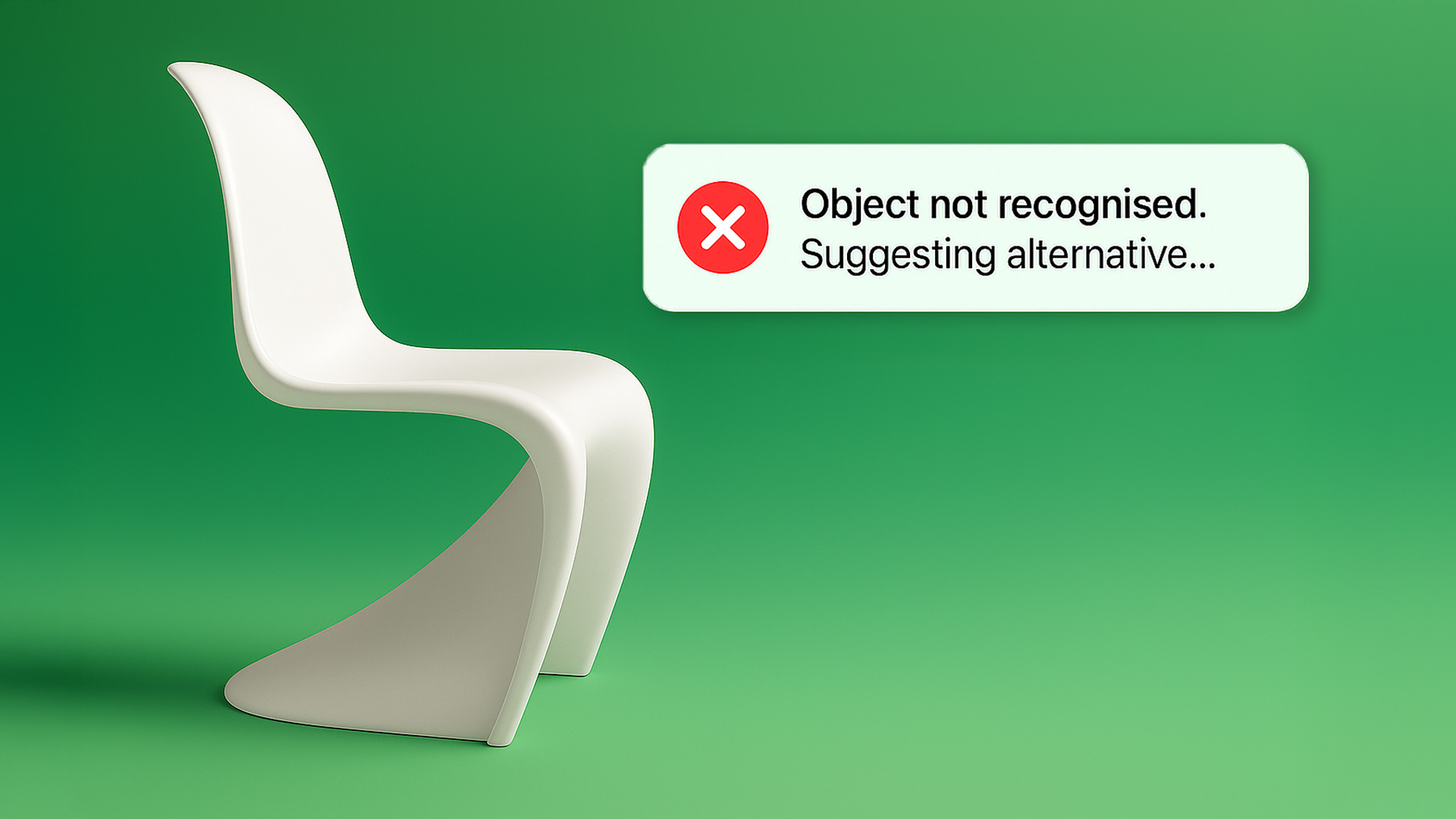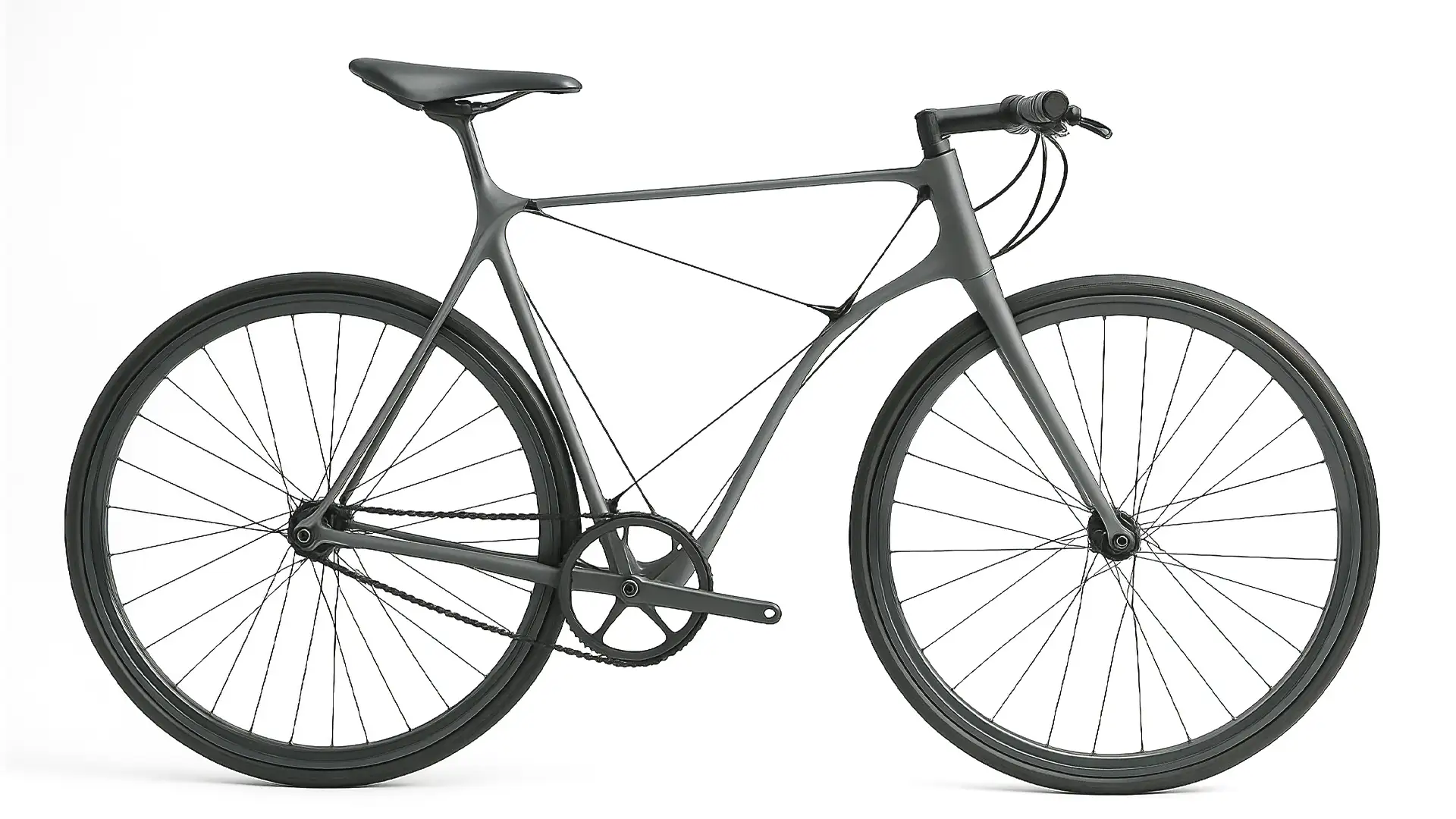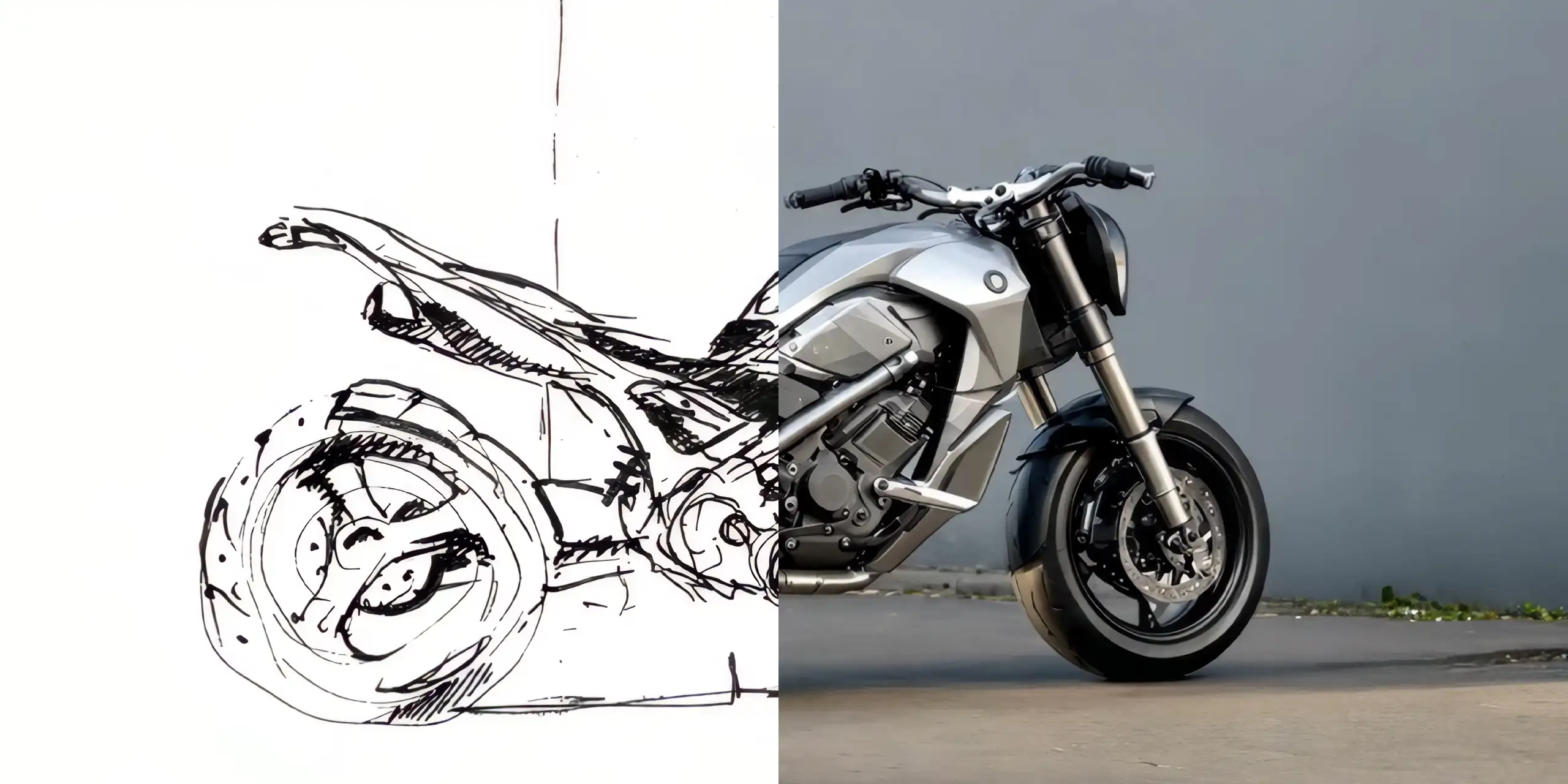Not long ago, I joined a product design discussion with a company. At first, I felt like an outsider—neutral, objective, and full of fresh ideas. But after just 90 minutes of reviewing roadmaps and discussing challenges, I noticed that I started to think more and more like the others at the table. Their language, their constraints, and even their ways of problem-solving had subtly become my own.
Ideas that initially seemed exciting and innovative suddenly felt unrealistic, not because they actually were, but because they didn’t fit the organization’s ingrained way of thinking.
That moment was a stark reminder: if it takes just an hour and a half to absorb a company’s biases, imagine how deeply embedded those blind spots can become after years of working within the same environment.
The Invisible Wall: How Bias Creeps into Design
As designers, we pride ourselves on creativity, innovation, and problem-solving. But, there’s a silent force that often stands in our way—bias. It’s usually unconscious, but when we’re deeply embedded in a company’s culture, products, and processes, we inevitably develop blind spots that hinder our ability to maintain a fresh perspective and think outside the box.
When designers work within a company for an extended period, they become intimately familiar with its brand, customers, and objectives. While this deep knowledge is valuable, it also creates a mental framework that can be difficult to break free from. Some common forms of bias that cloud judgment include:
- Familiarity Bias: Defaulting to existing solutions instead of exploring fresh approaches. For example, a car designer who instinctively begins nearly every sketch with the signature grille of the brand they work for.
- Confirmation Bias: Favoring ideas that align with pre-existing beliefs rather than considering disruptive alternatives. The classic excuse? “We’ve always done it this way.”
- Groupthink: Adopting a collective mindset that discourages dissenting opinions or radical change, even when innovation demands it.
- Sunk Cost Fallacy: Holding onto past design investments, even when they no longer serve the user or the business.
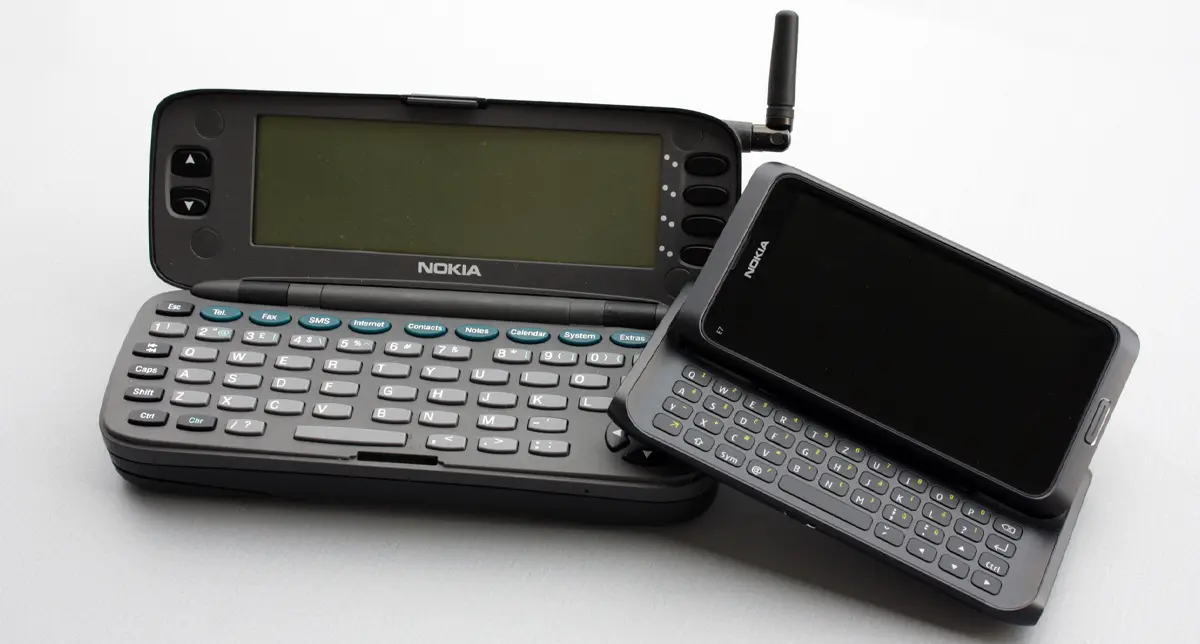
Some of the biggest brands in history have fallen into these traps. Kodak clung to film, failing to recognize the potential of digital photography—even though they invented the first digital camera. Nokia, once a leader in mobile phones, underestimated the impact of smartphones, sticking to its old way of thinking while competitors redefined the industry. These companies weren’t lacking innovation; they were trapped in their own perspective. (image: krystof.k (Twitter) & nmuseum, CC BY-SA 3.0)
External Designers Can Be Game-Changers
Bringing in external design teams or consultants can be a powerful way to overcome these blind spots. Here’s why:
- Fresh Perspectives: External designers aren’t influenced by internal culture, allowing them to question assumptions and challenge norms.
- User Objectivity: While in-house teams may unconsciously design based on internal preferences, external designers act more like end users who are not attached to a particular brand, prioritizing actual user needs.
- Cross-Industry Insights: A design challenge that feels unsolvable in one industry may have already been addressed in another. External designers bring diverse experiences that foster unexpected innovation.
- Challenging the Status Quo: Free from internal politics and legacy thinking, external designers are often more willing to push boundaries and propose bold solutions.
How to Avoid Blind Spots
While external designers bring undeniable benefits, companies can also take proactive steps to minimize bias internally:
- Embrace Diversity: A mix of backgrounds, disciplines, and perspectives helps uncover blind spots and fosters well-rounded solutions.
- Encourage Experimentation and Reflection: Foster an open culture where questioning assumptions, testing new ideas, and self-reflection are actively encouraged. There are no “stupid questions” in innovation.
- Seek External Feedback: Regularly engage with external users, customers, or other designers outside your organization for fresh insights.
- Rotate Design Roles: Allow designers to work across different departments and projects to prevent them from becoming too entrenched in a single perspective.
Breaking Free from the Bubble
Design bias isn’t a minor inconvenience—it can silently shape every decision, often without realization. It limits creativity, stifles innovation, and keeps companies stuck in outdated ways of thinking.
The most forward-thinking companies make it a habit to step outside their own mindset. They welcome external perspectives, embrace reflection, and challenge themselves to see beyond what’s familiar. True innovation doesn’t come from staying in your comfort zone—it comes from questioning, disrupting, and rethinking the way things have always been done.
So, when was the last time you looked at your product with fresh eyes? If you’re curious about a new perspective, let’s talk.
When was the last time you looked at your product from the outside in? Are you curious about a fresh perspective? Let’s talk.
This blog was published earlier as an article on Linkedin.

